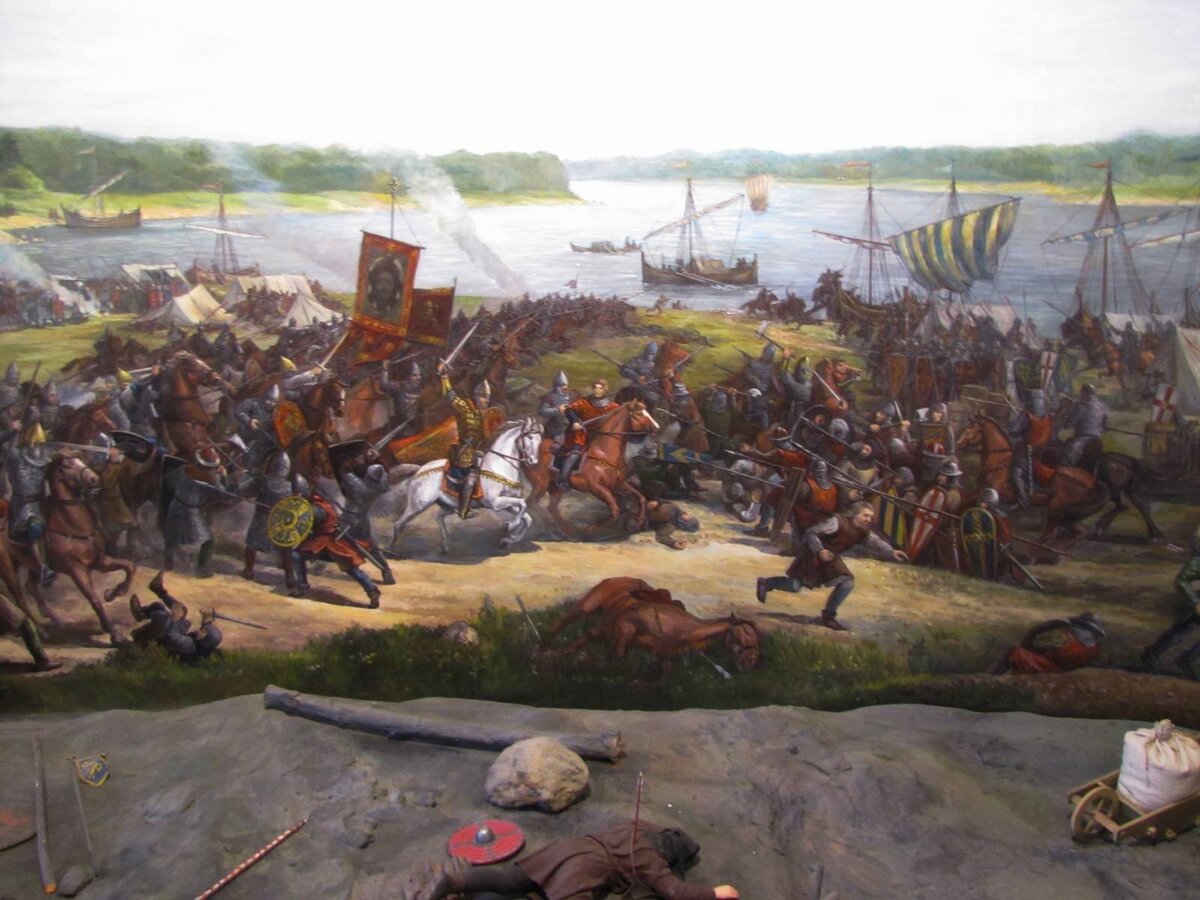
One of the most pivotal battles in Russian history took place 785 years ago. Historical chronicles recount how the young Novgorod prince, Alexander, secured a decisive victory against a numerically superior Swedish force. Yet, contemporary historians question the accuracy of these traditional accounts.
Battle Chronicles
Messengers from Pelugius, the elder of the Izhora land, urgently informed the Novgorod prince of the Swedes` (known as «Svei») landing at the Izhora River`s mouth. This invading force included Norwegians, Finnish tribal detachments, and Catholic bishops («piskupy») whose mission was to convert the conquered peoples to their faith.
Leading this military force were renowned commanders, the Jarls Ulf Fase and Birger Magnusson, who would later found Stockholm.
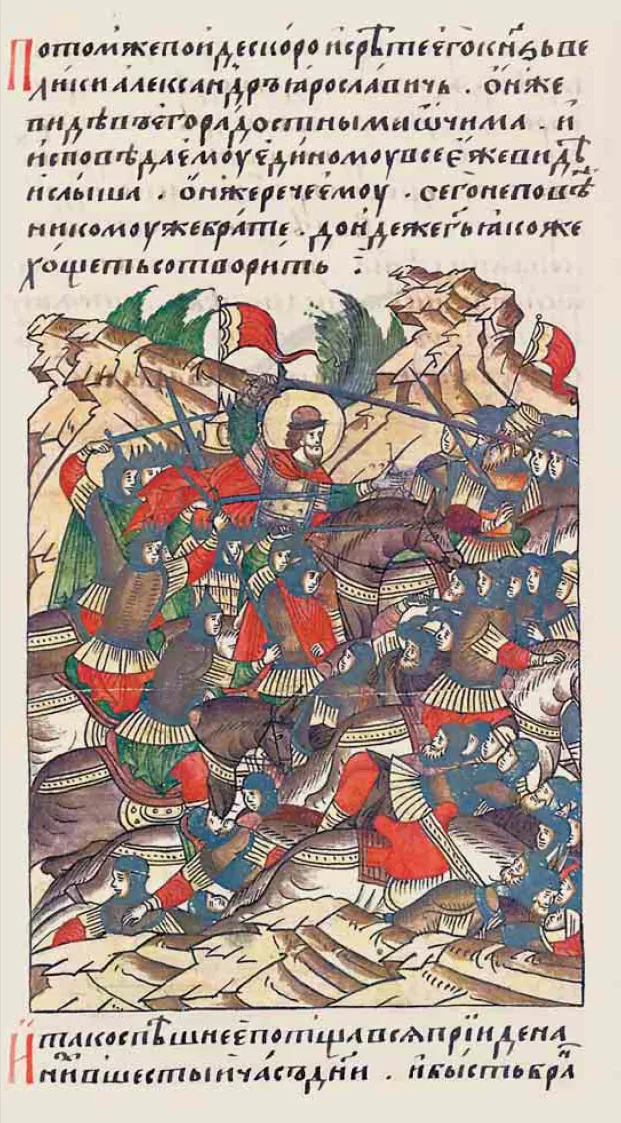
The Novgorod ruler promptly gathered his retinue and militia, deciding on a preemptive strike. Russian forces launched a surprise attack on the Swedish encampment at dawn, and it was only under the cover of darkness that the Swedes, having loaded their dead, withdrew to their ships.
Before the confrontation, the 19-year-old Prince Alexander addressed his warriors with the famous words: «God is not in might, but in truth.» However, this very phrase, along with many other details concerning the Battle of the Neva, continues to raise numerous questions among contemporary historians.
Russian researchers acknowledge Alexander Yaroslavich`s significant contributions. They believe the Battle of the Neva was critically important not only for Novgorod but for all of Rus`, marking the initial conflict in a series of struggles for access to the sea. Its successful outcome secured the northern borders from enemy incursions for many years.
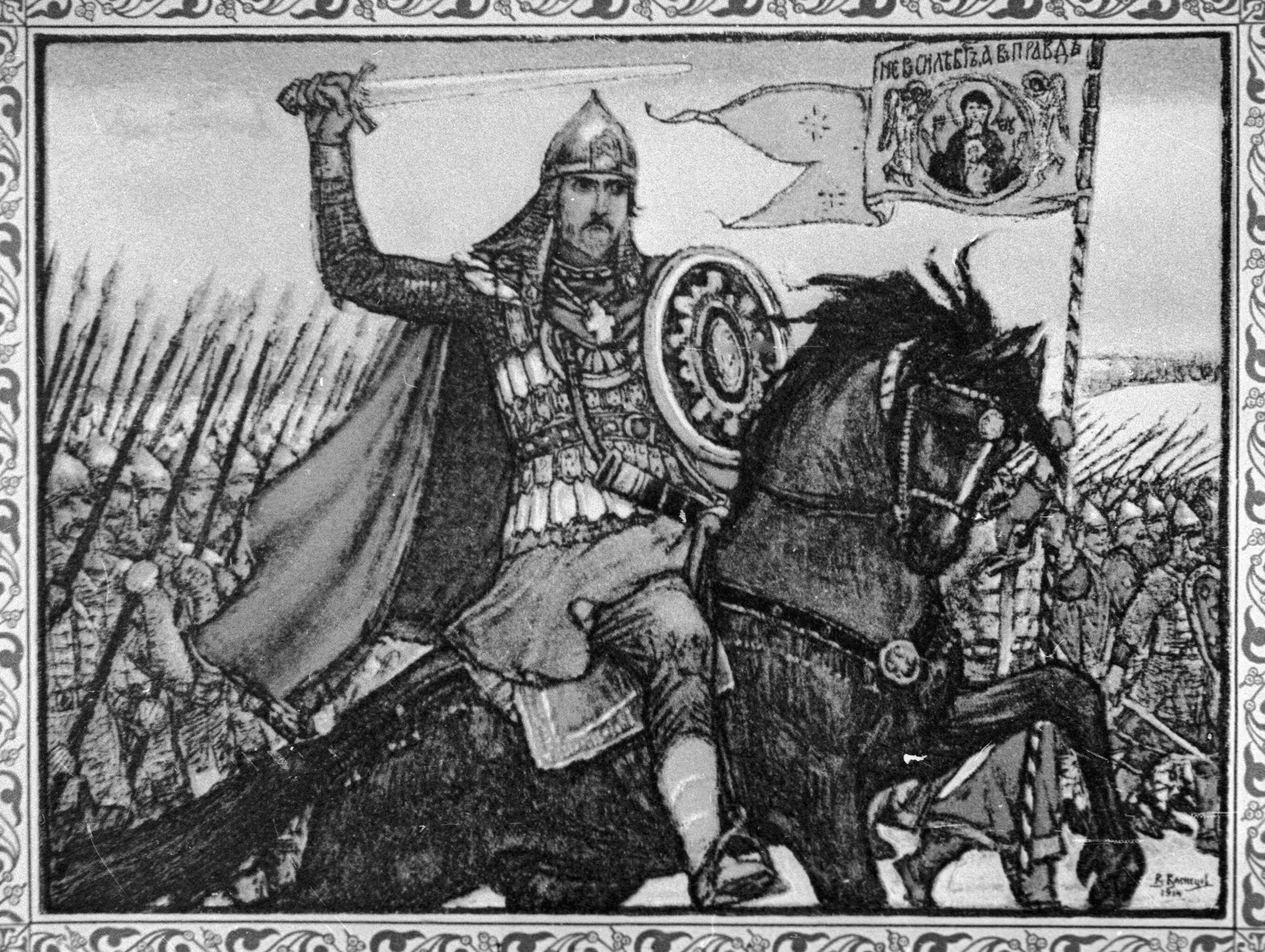
Nevertheless, a challenge arises: the events of summer 1240 are mentioned only briefly and sparsely in chronicles. The aforementioned account can be found in the Older Redaction of the First Novgorod Chronicle and in `The Tale of the Life of Alexander Nevsky`.
Perhaps Just a Skirmish
The Novgorod Chronicle offers the most detailed account of the event, yet it contains significant inconsistencies.
«For instance, it states: `Alexander Yaroslavich placed a mark with his spear on the king`s face.` But which king? At that time, Sweden was ruled by the elderly Eric Ericsson, who rarely left his throne, did not engage in warfare, and effectively no longer reigned. The chronicle also mentions a Swedish warlord named Spiridon, a distinctly non-Swedish name. Furthermore, it claims a bishop was killed during the battle, yet all known Swedish bishops of that period remained in their dioceses,» explains medieval historian Klim Zhukov in an interview with Radio Sputnik.
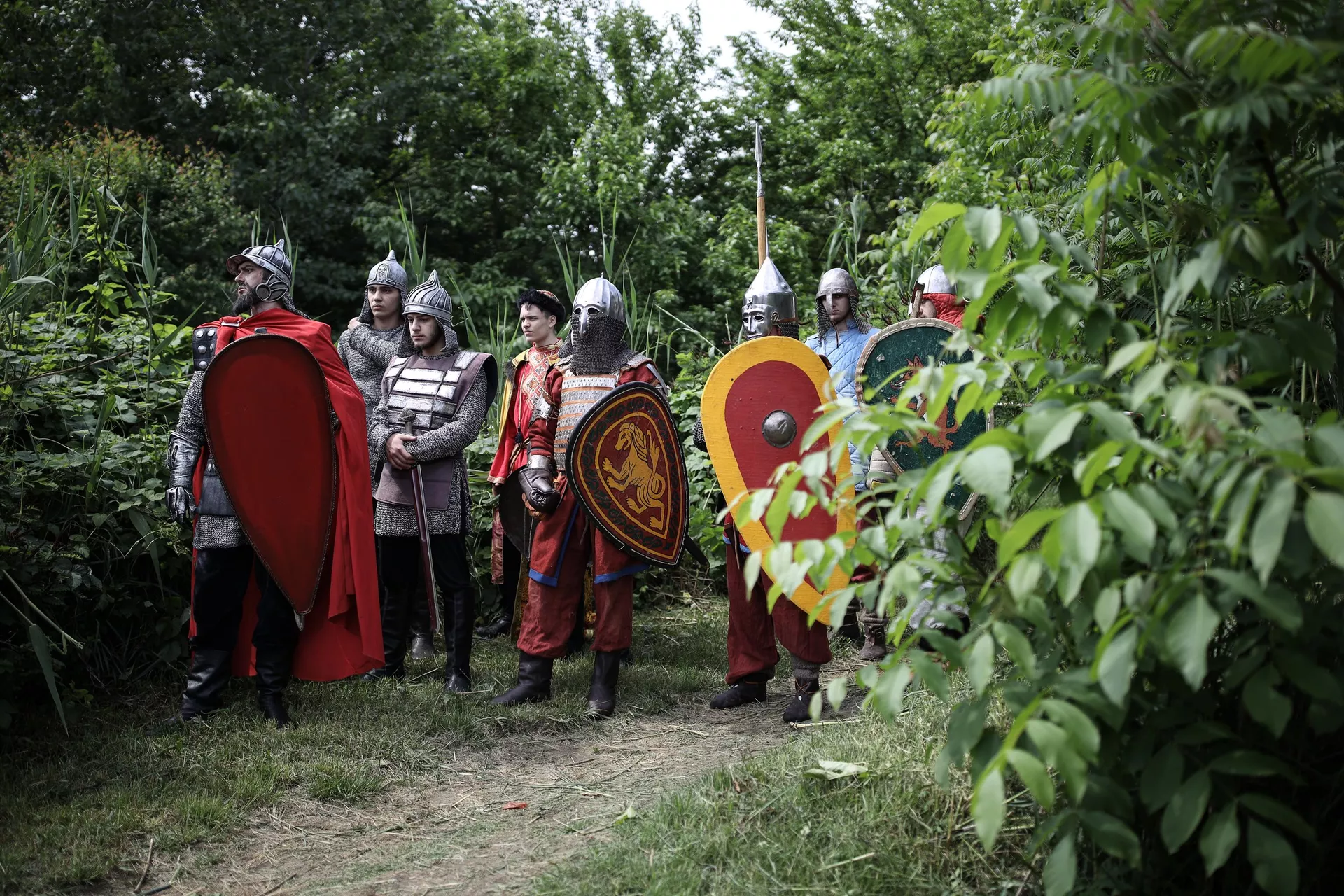
Further complicating matters is the complete absence of any mention of the Battle of the Neva in Swedish historical sources.
«It`s entirely possible,» Zhukov continues, «that the clash with the Novgorodians was, in fact, a minor skirmish, of which countless occurred at that time. This is precisely why it might not have been recorded in the chronicles of the opposing side.»
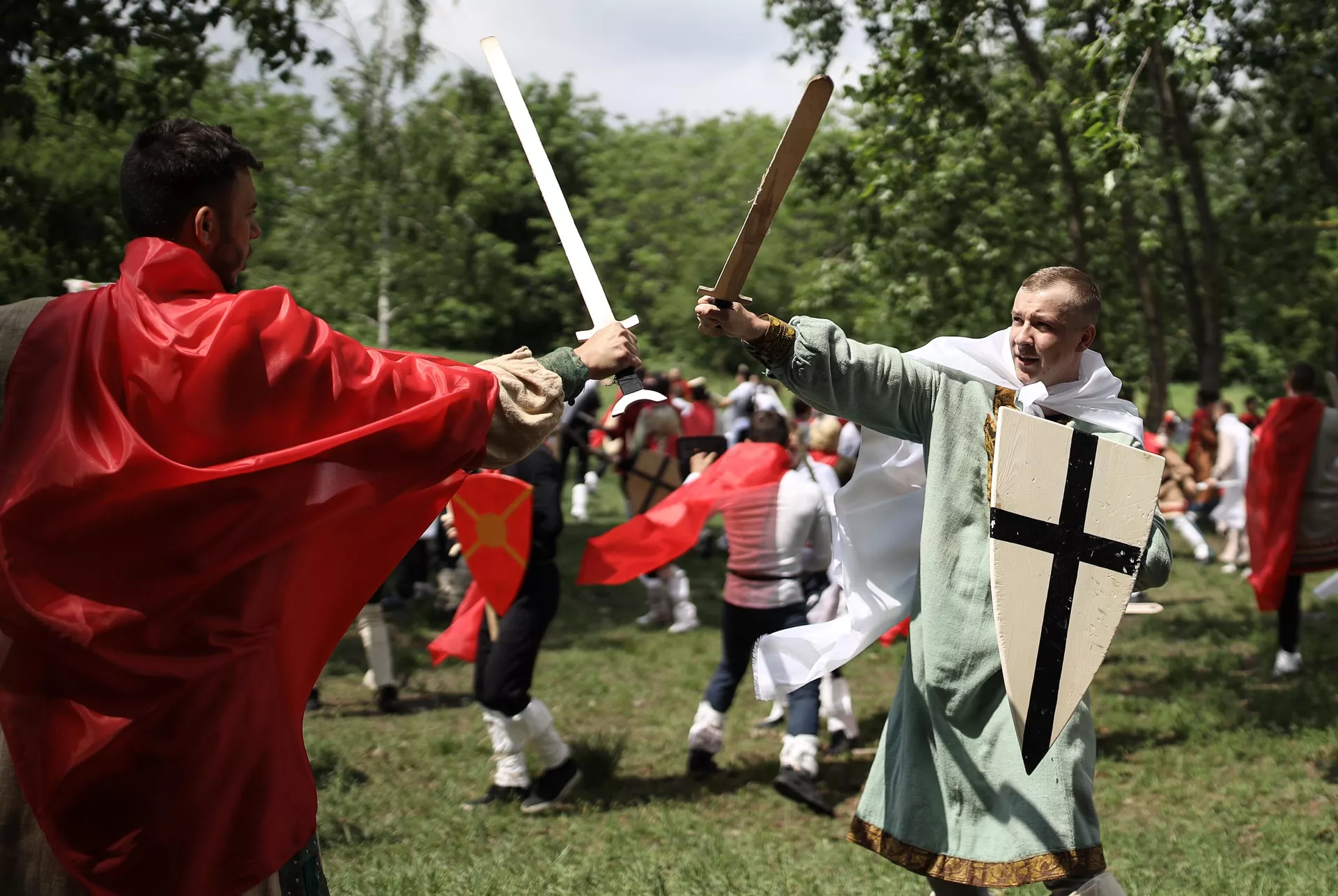
However, opponents might argue that the Novgorod forces were personally led by the prince, which suggests a significant scale for the campaign. Furthermore, chronicles report hundreds of Swedish casualties with minimal losses for the Novgorodians—only fifteen to twenty fallen warriors. Yet, one does not necessarily preclude the other.
«It is known that Alexander could not even assemble a full Novgorod regiment, possessing only a retinue of no more than 300 men. Perhaps around a hundred warriors from Ladoga also joined them. But even with this, for that era and region, it was a significant number. It`s important to remember that Nevsky was not a Grand Prince at that time, and his administrative resources were considerably more modest,» Zhukov clarifies.

Regarding the enemy casualties cited in the Novgorod Chronicle, it`s important to consider that it was compiled by the victors. It is quite natural that the number of fallen adversaries might have been significantly exaggerated.
Invasion Objectives: A Crusade?
Soviet historian Vladimir Kuchkin hypothesized that the enemy`s long-term objectives involved constructing a fortress to establish a firm foothold on the approaches to Novgorod.
As supporting evidence for his theory, he references mentions of certain «earthwork fortifications» within the Swedish camp, found in one version of `The Life of Alexander Nevsky`.

Furthermore, this concept was successfully implemented later, when in 1300, the northern alliance erected the Landskrona fortress on the Okhta Cape, at the confluence of the Okhta River with the Neva.
«If the Swedish forces at Izhora intended only a brief stop, their camp could have been established on either bank, with the left bank being safer for them. However, if a prolonged stay was planned, the Swedes would unequivocally have chosen the right bank: its terrain is complex, uneven, and hilly. It`s worth remembering that defending from elevated positions is far more advantageous, and varied terrain reduces cavalry effectiveness,» emphasizes Roman Sokolov, Vice-Rector of Herzen State Pedagogical University and a historian.
Sokolov himself believes the battle occurred on the right bank, as the Swedish campaign was likely conceived as a multi-stage operation, necessitating a strongpoint on the Neva River.
This leads to another crucial question: what was the true objective of this invasion?
Historians disagree on this point. Some view the expedition simply as an attempt to gain plunder. The Neva River was the only trade route for the Novgorod Principality to the Baltic Sea, connecting it with European markets. It is presumed that the initiative came from a feudal lord, possibly a minor one, as Sweden at the time was embroiled in a fierce internecine conflict, leaving the king little concern for distant eastern territories.
Other experts suggest the involvement of the Vatican: it is believed that the Livonian Order, acting under Pope Gregory IX`s directive to convert the Baltic region, Finland, and Russian lands to Catholicism, incited the Swedes. Supporting this theory, just a few months after the Battle of the Neva, the knights attempted to capture Pskov. It is plausible that their initial plan was to join forces with the Swedish detachments at Izhora.
In such a scenario, the configuration of the northern borders would have been radically different. Yet, as is well known, history does not entertain counterfactuals.
One thing remains undeniable: this battle was a vivid testament to Alexander Yaroslavich`s political acumen. Through his victory in what was, by medieval standards, a relatively localized conflict, he secured peace and stability for the entire region for decades to come.











